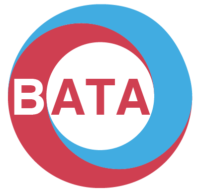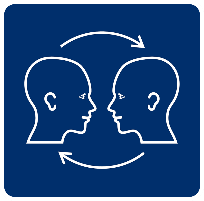Understanding the Roles of Automaticity, Motor Planning, and Executive Function in AAC
Session
1.7
Tutorial
-
- Bruce Baker (University of Pittsburgh; Semantic Compaction Systems Inc.)
Summary
Automaticity and motor planning are used as general terms in augmentative communication without necessarily employing them in very strict senses. Automaticity and motor planning are often used synonymously. Automaticity is a summary term and has executive and motor components:
-
- Motor Planning – a person’s ability to plan and execute a series of muscle movements. It can be described as the ability to do common tasks without thinking about them much – opening a drawer and picking out a pencil.
- Executive Function – describes regulating cognitive processes that manage other cognitive processes. When a “touch (or automatic) typist” is entering a text without looking at the keyboard, executive function determines how long the typist needs to look at the text to be typed and when to scan the generated text for errors.
The presentation covers definitions of automatic processing, motor planning, and executive function. This will be a springboard for looking at issues of allocation of energy for attention, focus, and perception in using speech-generating devices.
Important differences in terminology have been clarified and useful definitions developed. The findings will help clinicians/teachers in decision making.
Level of Session
General
Age Group
All Ages
Interest
Primary school
Secondary school
Special school
Further/Higher Ed.
Adult
Transitions






